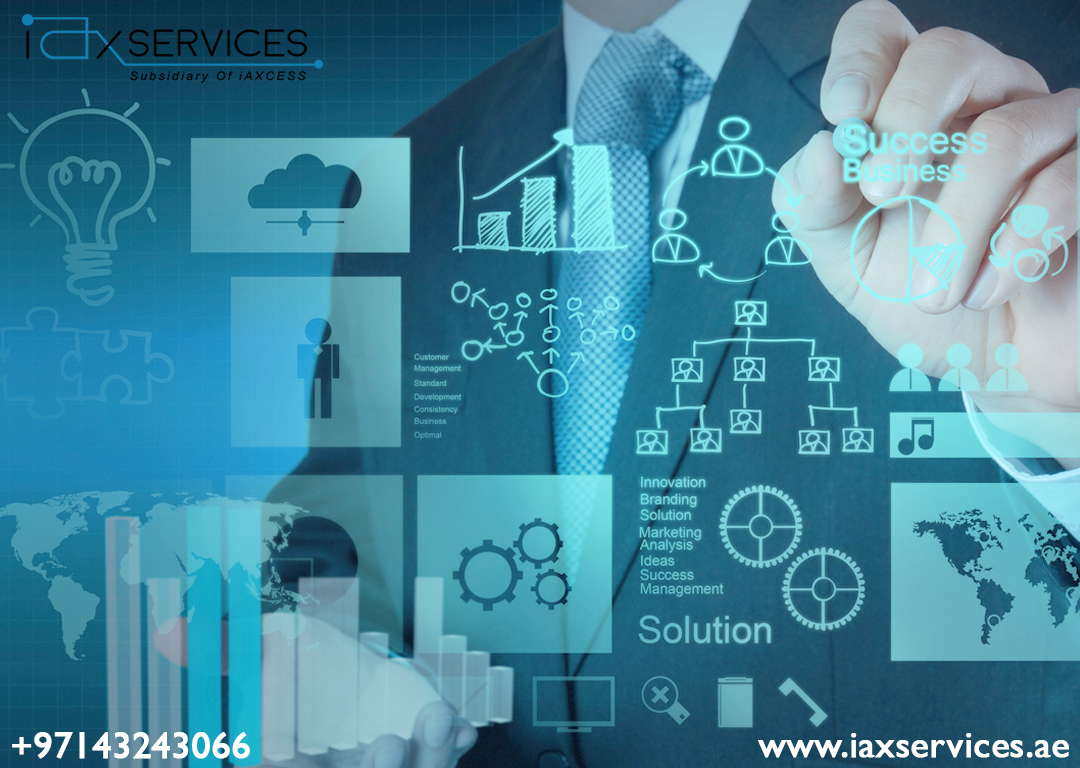There are a lot of different level jumps that an organization takes throughout its journey. A few include expansions, layoffs, shifting and upgradation. This article deals with the last one. Upgradation. An organization needs to keep up with the ever changing landscape of technology. It has to constantly add and subtract modules from infrastructure and adapt to ‘what’s new’ in the market.
One of these ‘what’s new’ is an ERP – Economic Resource Planning. ERP is a management software that allows the usage of a system of integrated third party applications to optimize and automate corporate functions related to technology, customer support and human resources.
The transition from normal accounting software and customer management to an ERP is a huge level up for a company because it comes with a shift of whole organizational data to the ERP as well as the changing of the muscle memory habits of the employees on routine habits.
Below are a few points that should be kept in mind during the transition:
Make a transition plan:
Firstly, after you have made the decision that you are now moving to an ERP, the first thing you should do is to check if the vendor you are working with offers an ERP which is comparable to your existing resources or you have to move your data all together. Cloud is a viable option in this case and you can always move your data to the cloud for enhanced security and protection. But whatever you do, make sure that the transition aligns with the strategies and goals of the organization because an ERP is a highly customized solution with functionalities available to add or subtract.
Inform your employees:
Now that the vendor and ERP is decided, you have to inform your employees about your plan. They will most likely be divided about how to take the news but let them know that this is a huge step for our company and they will have to work hard to familiarize themselves with the new ERP. What they gain from it is the efficiency of work, less hassle and a new experience.
Your employees are your asset:
During transition to an ERP, you might be thinking how your employees must magically make themselves familiar with the new software and how they should adapt quickly because your company is lagging on the projects which it has taken on. This impatience from your side is wrong. Your employees are the assets of the company. They are the ones that run the company and they are the ones for whom this transition is happening. If they are taking time in understanding and transitioning to an unfamiliar territory then this is not unjustified. You should always think of them as humans before as an employees. Combined, they have spent decades on the old accounting and management software and it will take time for them to get their hands straight on this new addition. They are valuable people and it would not do you good to get frustrated when they need your guidance.
Support during transition:
During transition to an ERP, your employees will be exhausted and frustrated beyond what they have been before. This is understandable and humanly. Be there to keep up their morale and guide them through the process. Most ERP’s, like Dynamics 365, comes with comprehensible user manuals and guides and it would be a lot helpful if you give your employees some time to go through and understand it. Send out polls and questionnaires and have a little face to face with them, it will greatly help your cause.
Why Dynamics 365?
• Dynamics 365 ERP and CRM are cloud based, hosted by Microsoft Azure. Customers can easily access the cloud through secure, single access links. This allows support for accessible mobile apps, predictive monthly billing according to the needs of the customer, support and maintenance from Microsoft and fewer IT issues.
• Fully integrated model works seamlessly in joining ERP and CRM to each other. A lot of third party applications are also supported.
• Seven different software are available under the Dynamics 365 umbrella. You can use one, two or all seven according to the needs of your organization. Each provides to a different and unique aspect of the organization. These modules are:
— Finance and Operations
— Sales
— Customer Service
— Retail
— Talent
— Field Service
— Project Service Automation
• Works with other Microsoft applications without a glitch because Microsoft built it from the ground up. The best integration comes with Office 365 and Microsoft Dynamics partner in UAE. You can use Dynamics 365 without leaving your outlook inbox. Similarly, the interface is very similar in all the products so the aspect of exotic and/or foreign leaves the discussion.
• Microsoft has partnered with a few vendors who are now authorized to provide Dynamics 365 customization to the customers. There are Gold partners and silver partners and these are the best choices to go for if you want an ERP or CRM implementation in your organization.
